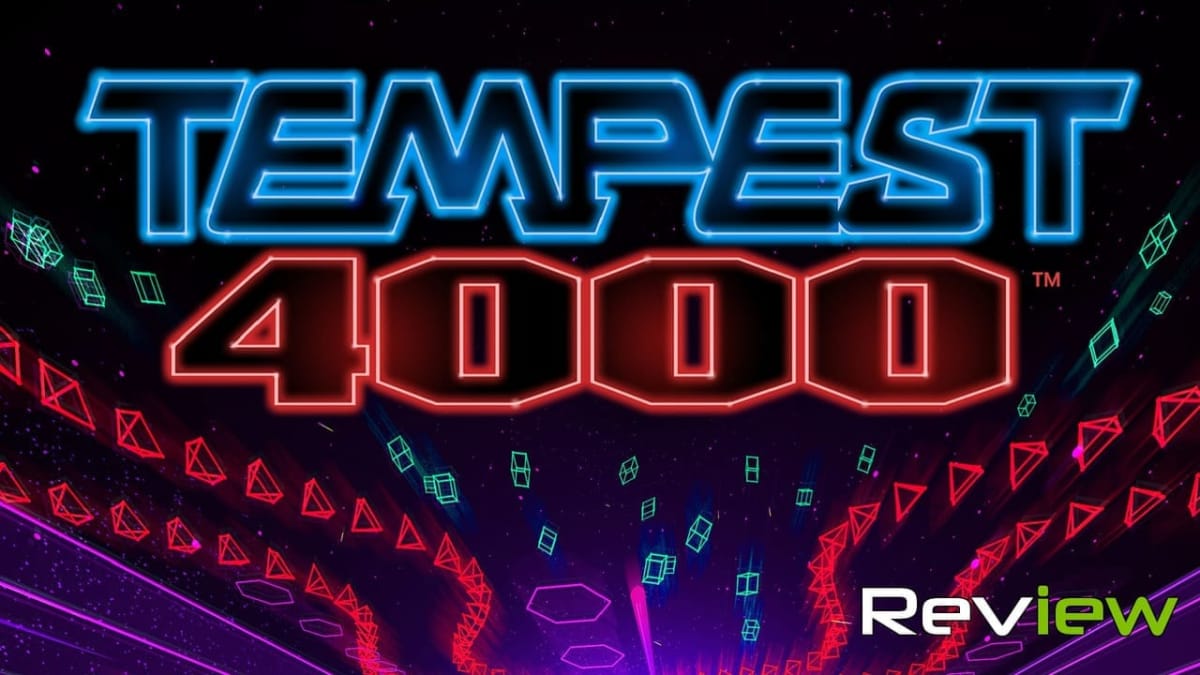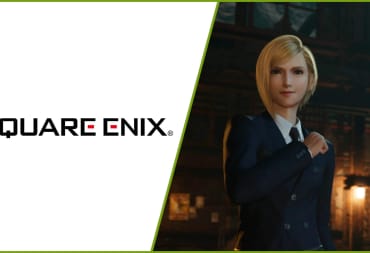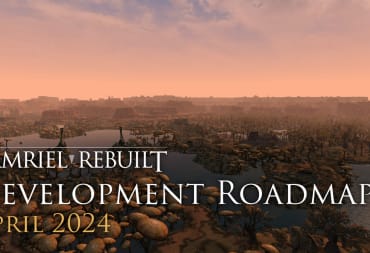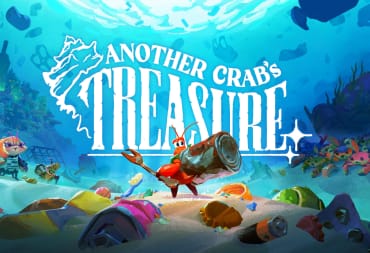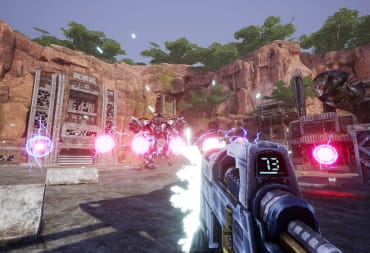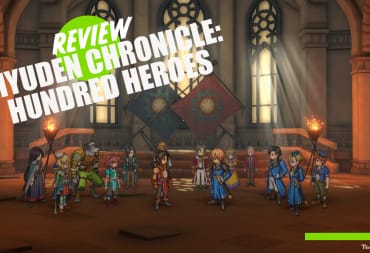To put it mildly, Atari is in an interesting position as a brand in 2018. Instead of Pong, hearing the name of the legendary game maker might bring cryptocurrencies to mind. Forget Adventure, there are speakerhats to sell. Then there's the Atari VCS, a successfully crowdfunded console shrouded in mystery. It is in this atmosphere that we see the return of Tempest, one of Atari's longest running arcade franchises. Helmed by Jeff Minter's Llamasoft, Tempest 4000 knows exactly what it wants to be. It's not concerned with business practices and it's not buckling to trends. This is Tempest. Whether that's good for you depends on your ability to stick and move on a joystick, among other things.
For anyone under the age of 24 (minus you brave souls who owned a Nuon), Tempest 4000 is a tube shooter. Each level has your two-pronged Claw sitting at the top of a playfield with enemies crawling up from inside it. You must rotate around and shoot down to keep them from climbing to your level and dragging you away. You also need to collect power-ups that grant you bonuses ranging from an AI companion to a screen-clearing laser and the ability to jump. Levels are relatively bite-sized but don't take that to mean they're easy. Completing Tempest 4000 means clearing 100 challenges, but you won't see a tenth of them if you're out of practice.
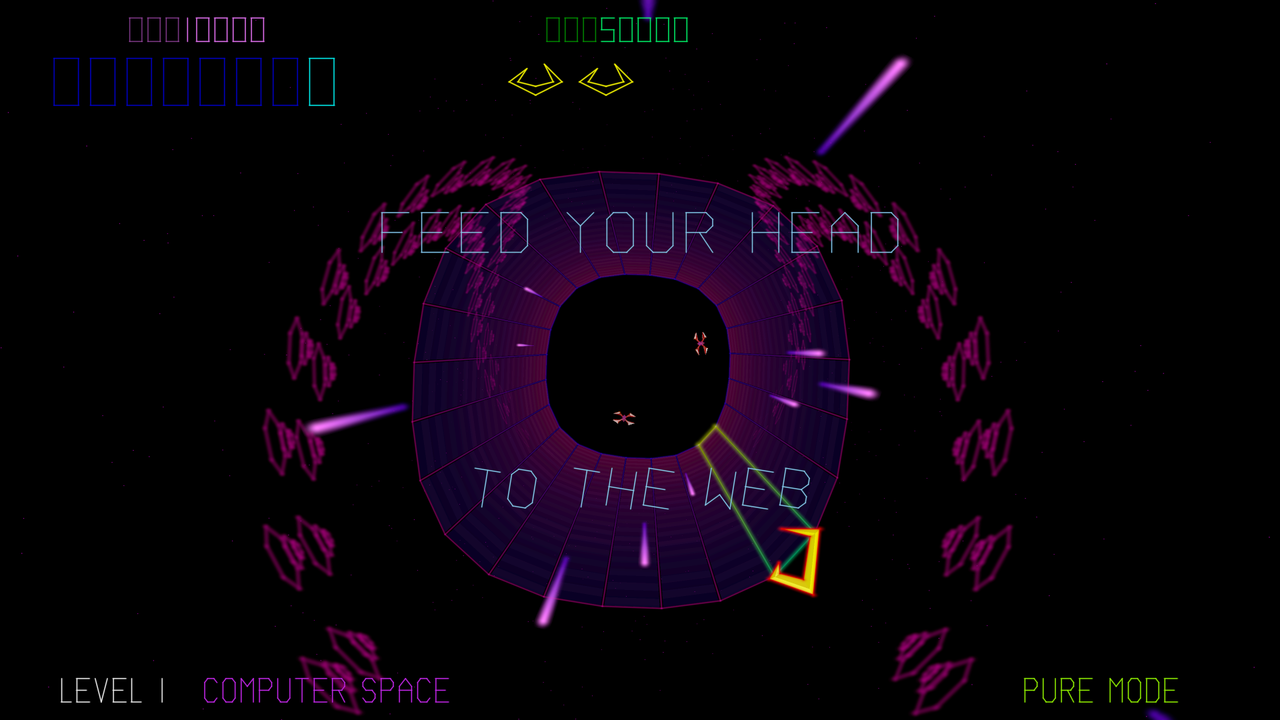
You see, Tempest is all about getting in the zone. If you don't know that already, the overwhelming presentation will certainly clue you in. Blinding neon effects accompany every shot and explosion. Audio cues overlap endlessly, backed by a throbbing techno beat. Levels reverse your controls and start to rotate in an attempt to throw off your game. It's not impossible to follow, but it definitely takes a huge amount of focus to progress. Getting good means eliminating all other distractions, and Tempest is excellent at doing just that.
What Tempest isn't good at is easing players into its neon-infused madness. There is an unsaid presumption that you've played arcade shooters before, and the minimal tutorial doesn't really help anyone. In a way, that's part of the fun, and there is an air of mystery even if you know what you're doing. Still, balancing the lightning fast reflexes necessary to avoid every enemy with drifting into a zen state is something that requires dedication. Unless you're all the way in for what Tempest is offering, there's not much for you here.
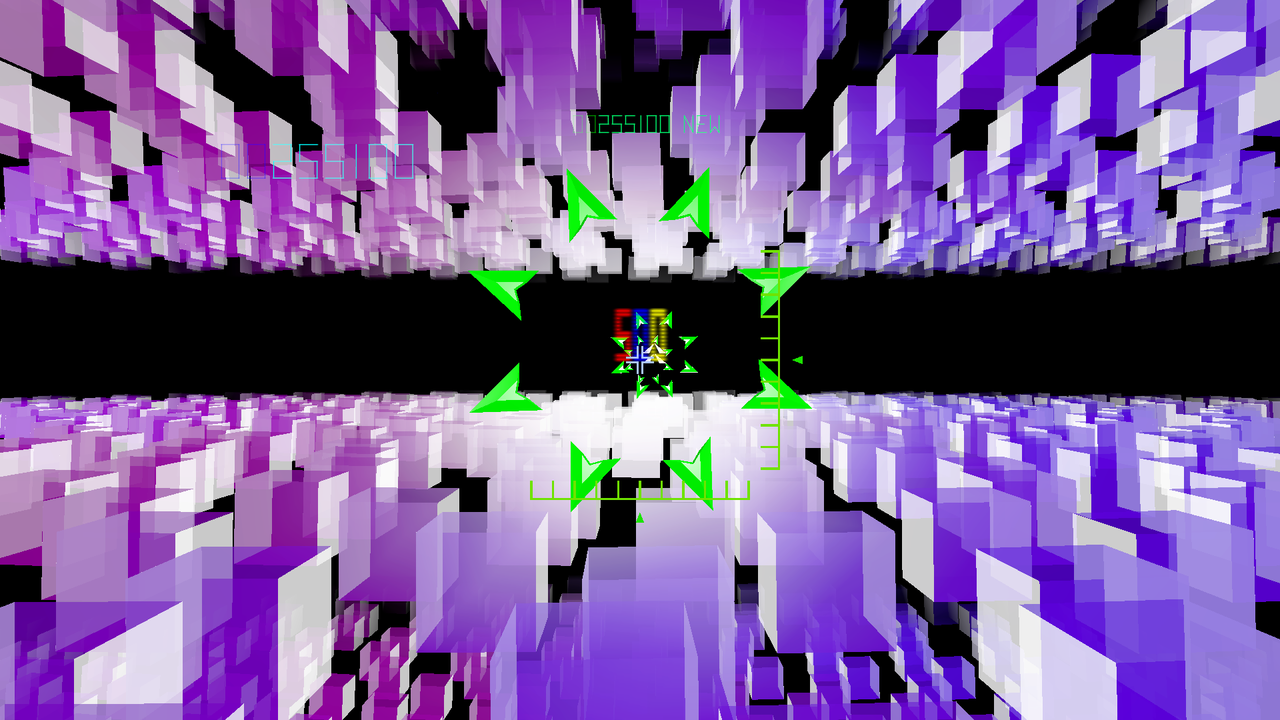
If you are ready with quarters in hand, there are a few ways to master the webs. Pure mode starts you with just a few lives and gives you opportunities to earn more as you play. Survival hands over a huge stack of lives, but that's all you get. Either way, you don't need to stick it out in one sitting. Tempest remembers your best performance after each stage and lets you continue from that point at your leisure. In this way, the game sheds arcade tradition and lets you chip away at the mountain in the same way that a mobile puzzle game might. It's a smart pick up and play design that seems perfect for portability (and a future Switch port).
On Xbox One, you'll be controlling your Claw with the left joystick. Tempest's original controller was a dial that let you rotate your ship around the playfield with ease. A joystick is no replacement for this level of precision, even if Tempest 4000's design had these limitations in mind. A PC mouse with the proper sensitivity will probably be the best way to play, but you can get by on a controller with some practice. As is, the average player will be chomping at the bit for the jump power-up during each round, as it's really the only way to manage your screen effectively at that skill level.
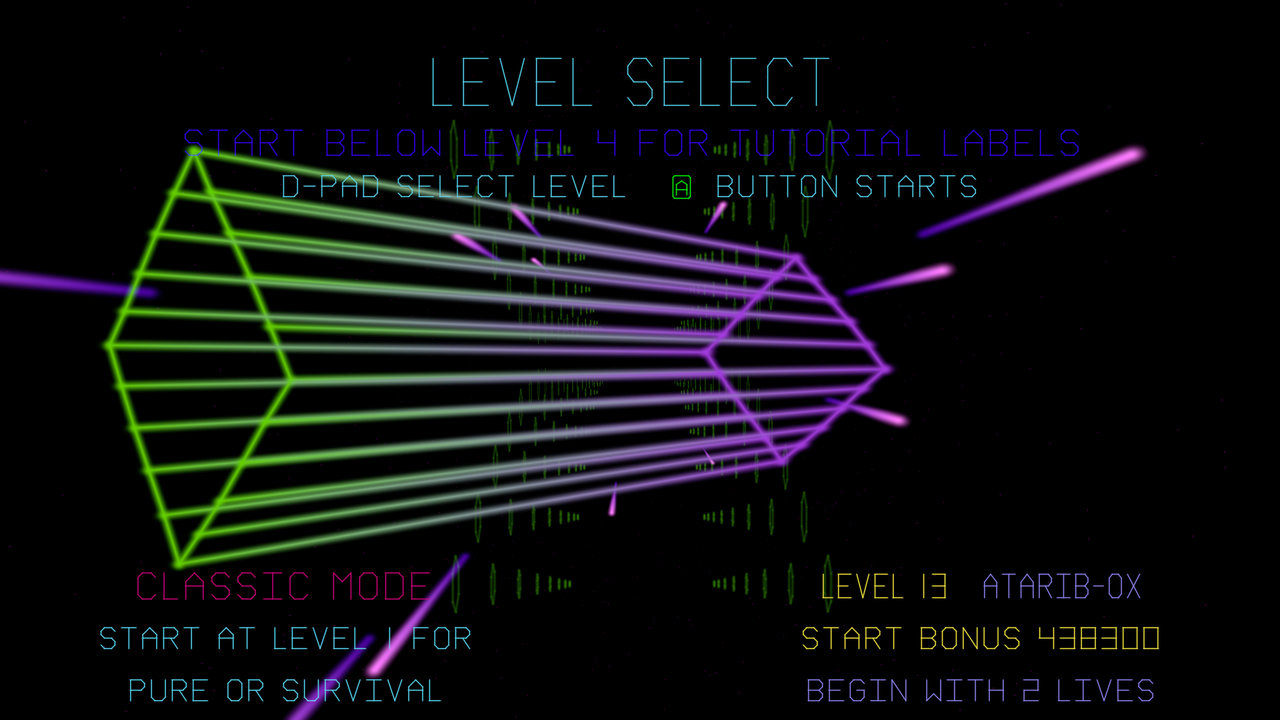
If you're not interested in high scores, you might be interested in Tempest 4000's trippy visuals. Jeff Minter really takes advantage of every tool at his disposal, producing a game that looks authentically like a successor to the vector games of the past. At the same time, he's throwing every particle effect he can into the mix, enticing and confusing the would-be tube jockey. These screen-filling distractions are part of the gameplay, but they also make for an engrossing abstract aesthetic. Add in the hodgepodge of welcome messages and level names that all feel just a bit off, and it's amazing that this ended up as a commercial project. On visuals alone, you'll wonder if you paid money for this game or if you found it in a collection of freeware on a floppy disk.
Tempest 4000 Review | Final Thoughts
Of course, if you're coming to Tempest 4000, this is what you expect. It's hard to critique a game that's so set in its goals, so unwavering in its vision. Jeff Minter knows what this game is more than anyone else. It may not be for everyone, and that's perfectly alright. He invites the player to dive in and see where it takes you. If you're up for a challenge or an old-school nostalgia trip, there's no better game to choose. Give your head to the web and see what happens.
Our Tempest 4000 review was conducted on Xbox One with a code provided by the publisher. It is also available on PC and PlayStation 4.
Review Summary
Pros
- It's Tempest
- Surreal Graphics
- Classic Arcade Gameplay
Cons
- It's Tempest
- Harsh Difficulty
- Lack of Modes
Have a tip, or want to point out something we missed? Leave a Comment or e-mail us at tips@techraptor.net
